During spring break, I went to a private media screening of “The Missing Picture” that was shown on Wednesday, March 19th at the Walker Cinema. The film will screen for the public April 25-27 at the Walker Cinema. “The Missing Picture” is an informative film about the Khmer Rouge that simultaneously offers director Rithy Panh’s stirring tale of his own horrific experiences during the genocide. Panh utilizes clay figurines, archival footage, eerie background music and sound effects to accompany his narration. In effect, Panh establishes an earnest, thought-provoking and emotionally evocative documentary that not only elicits from the audience feelings of sympathy of his lost childhood, but also the ability to empathize with his haunting encounters under Pol Pot’s oppressive reign.
A Phnom Penh native, Panh’s father was a teacher and inspector of primary schools. In 1975, the Khmer Rouge evacuated his family, along with other Cambodian civilians, to the countryside—the start of the Khmer Rouge Regime. After he had lost his family and relatives during the Khmer Rouge, he fled to Thailand and lived in a refugee camp located at Mairut in 1979. He was then finally able to reside in Paris, where he went to a vocational school for carpentry and eventually became intrigued by filmmaking. Hence, he attended the Institut des hautes études cinématiques for graduate school and returned to Cambodia in 1990.
Afterwards, he went on to produce more documentary films, such as “Site 2,” which recounts the experiences of a Cambodian family refugee on the Thai-Cambodian borders in the 80s and was awarded “Grand Prix du Documentaire.” He also produced “Rice People” in 1994, which depicts the difficulties of a provincial family during the post-Khmer Rouge era, and was submitted in the 67th Academy Awards for Best Foreign Language Film and at the 1994 Cannes Film Festival. Panh went on to produce many other spectacular works, including “The Missing Picture”, which was not only nominated for an Academy Award for Best Foreign Language Film but also won the “Un Certain Regard Award” at the Cannes Film Festival of 2013.
One of the most notable aspects of “The Missing Picture” is the title itself, which the narrator repetitively mentions throughout the film. It is open to a variety of interpretations. “The Missing Picture” could mirror the truth and the process in which Panh attempts to understand the nature of the crimes committed by the Khmer Rouge. On literal terms, it could also depict a missing picture, a place and time that are lost and forgotten by the outside world, or even Panh’s loss of childhood. Hence, the title not only efficaciously captivates audience members by allowing them to feel sympathetic towards his situation, but it concurrently establishes a strong bond with those who have gone through this atrocity. This effect on the audience is heightened as Panh utilizes various techniques to display the process of his emotionally distraught experiences during the Pol Pot regime.
As mentioned, Panh integrates clay figurines, old footage, photographs and songs that altogether serve multiple purposes. His clay figures play a central role in relaying his story to the audience, from the happy ordinary life that he enjoyed with his family during the pre-Khmer Rouge time period, to the start of the regime that embraces Pol Pot’s endeavor to purify Cambodia from any Western influence and eradicate the high social standing of the bourgeois. The clay figures are highly expressive in conveying the mental state of the characters within the story, such as their fear, puzzlement, and the pain of witnessing their loved ones pass away.
Panh commendably demonstrates the devastating impacts of the regime to which they have lost their loved ones, labor camps, being robbed of childhood and individual identity; experiences so horrid that it is akin to living hell on earth. He does this through the physical and emotional evolution of the characters, such as the exposed rib cages, and showing even more depth of emotion in the facial expression of the clay figurines who all bear the same horrified faces. The film also constantly switches between the photographs of past memories, scenes of people enjoying their ordinary lives with lively music, and the then-current dreadful situation of the Khmer Rouge era and the abandoned city. As the latter situation is accompanied by eerie music, it creates an emotionally unsettling vibe. Panh therefore achieves his purpose of evoking a strong emotional reaction from the audience that not only mirrors his sentiments during the time but also devalues the regime.
Furthermore, the use of clay as a medium for the figurines makes Panh, in his childhood role, the clear choice for narrator of the story, as it adds not only an imaginative quality but also sincerity. This aspect is further enhanced by his simple language usage, which also encompasses a child-like tone. On the other hand, Panh’s clay figurine of his childhood character is the sole figurine that wears a colorful shirt, as opposed to the black shirt and pants that is the required uniform everyone wore during the Khmer Rouge. In portraying his character as such, it contests against the Khmer Rouge and reclaims the individuality that the regime want to eliminate.
“The Missing Picture” raises worldwide awareness of the occurrence of the Khmer Rouge. It successfully allows the Khmer Rouge survivors who are still traumatized by the event to come to terms with what happened and to understand it in order to move forward. Moreover, his highly expressive and emotionally evocative piece not only teaches the younger Cambodian generations about Cambodia’s dark past, but it is so remarkably persuasive that it even allows the younger generations to believe that it occurred. You would be amazed by the amount of young Cambodians who do not even know or believe that the Khmer Rouge regime took place, despite having been told by their parents or grandparents of their horrific tale. Thus, Rithy Panh’s film does a spectacular job in recounting his personal struggle during the devastating era.



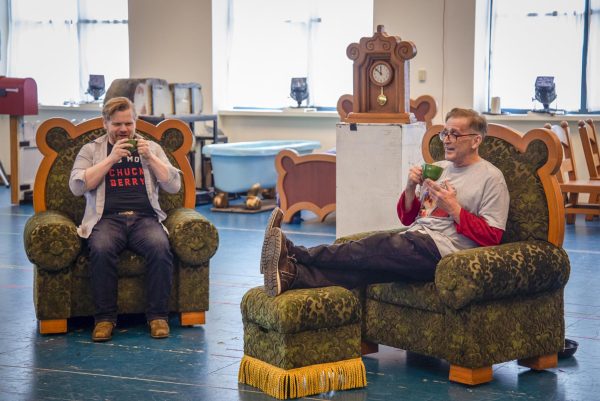









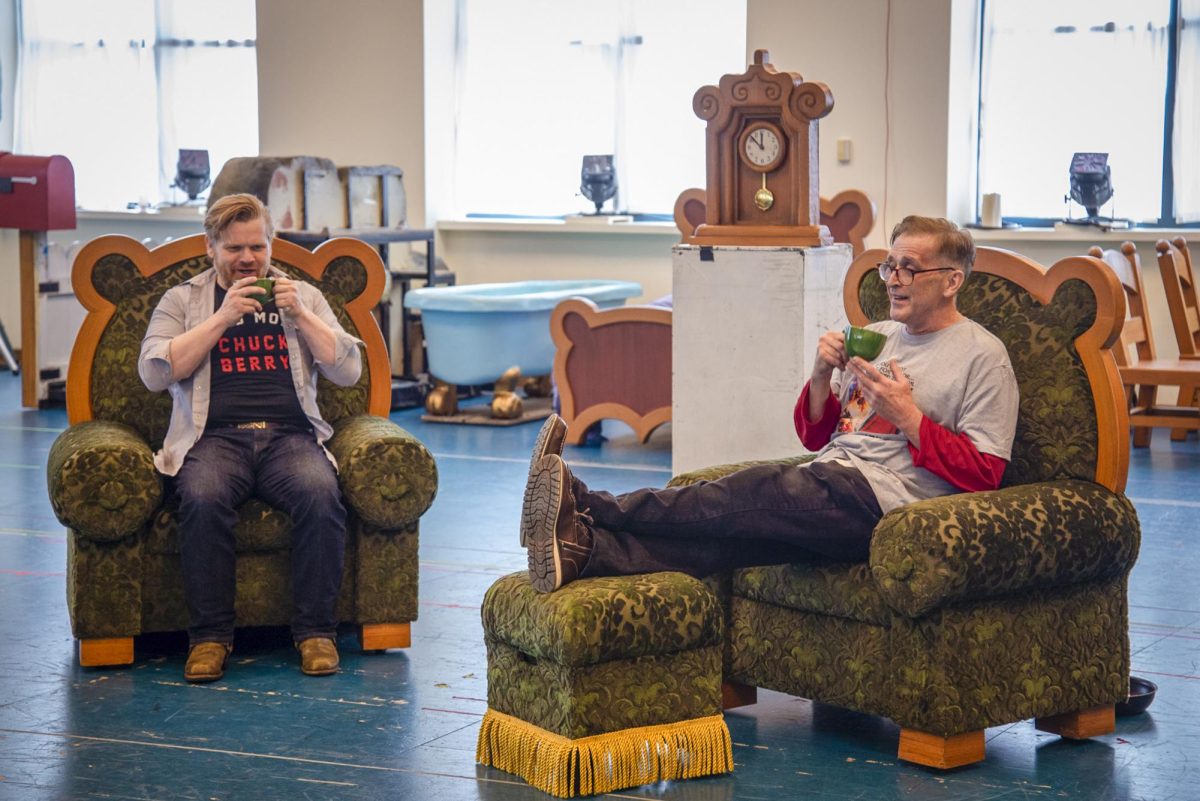
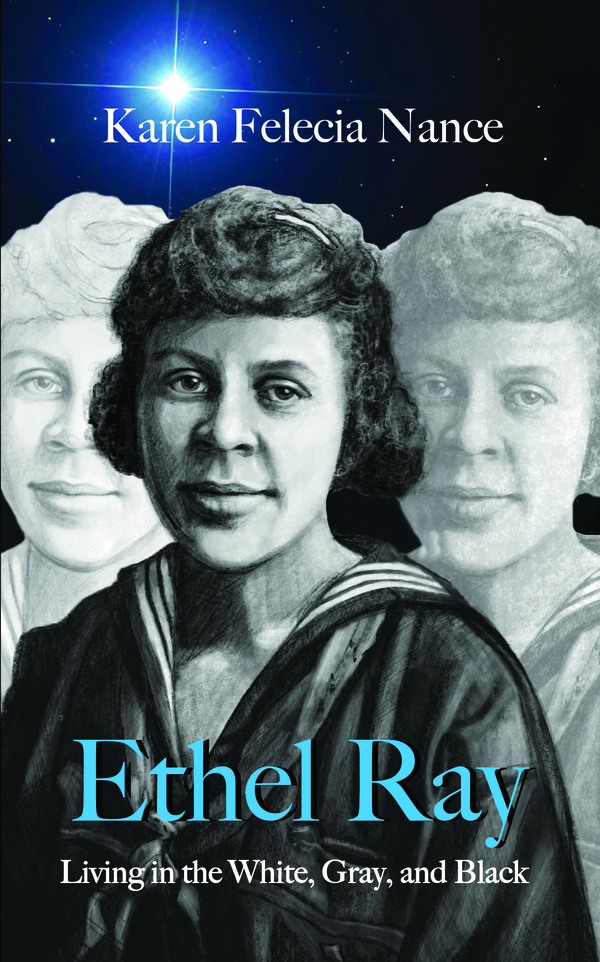
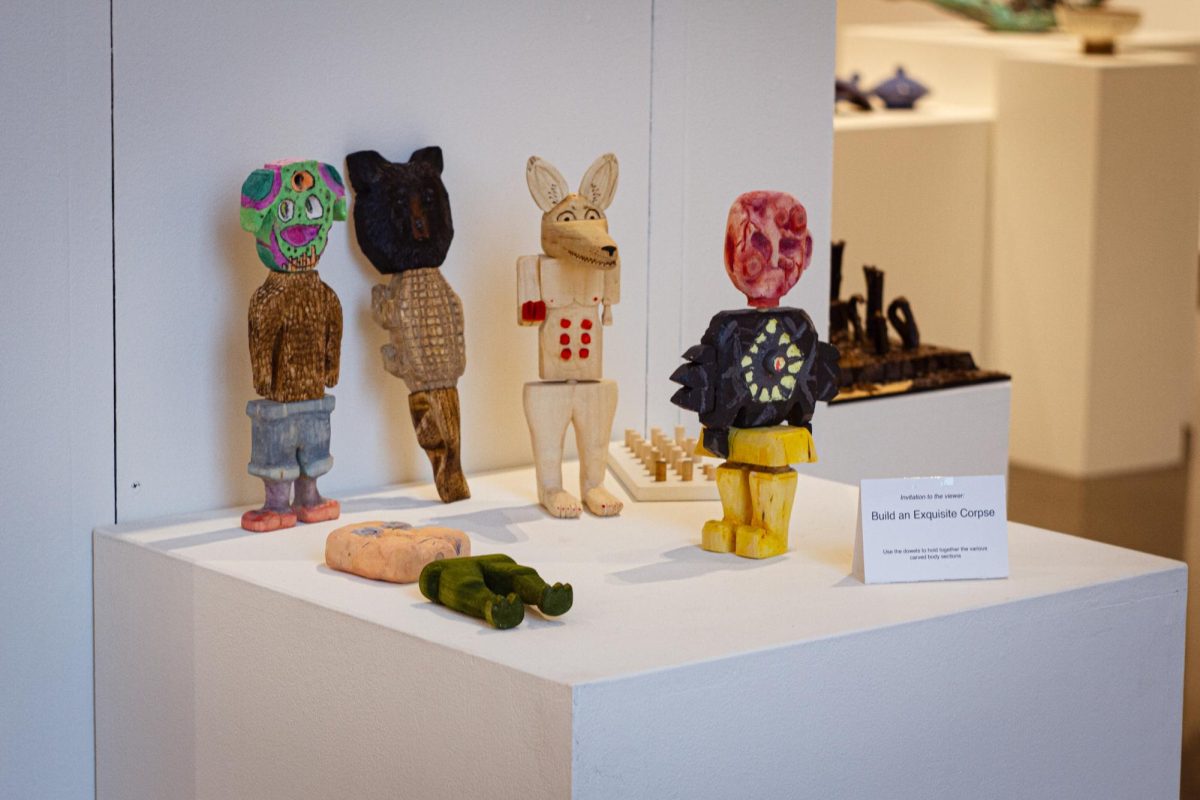
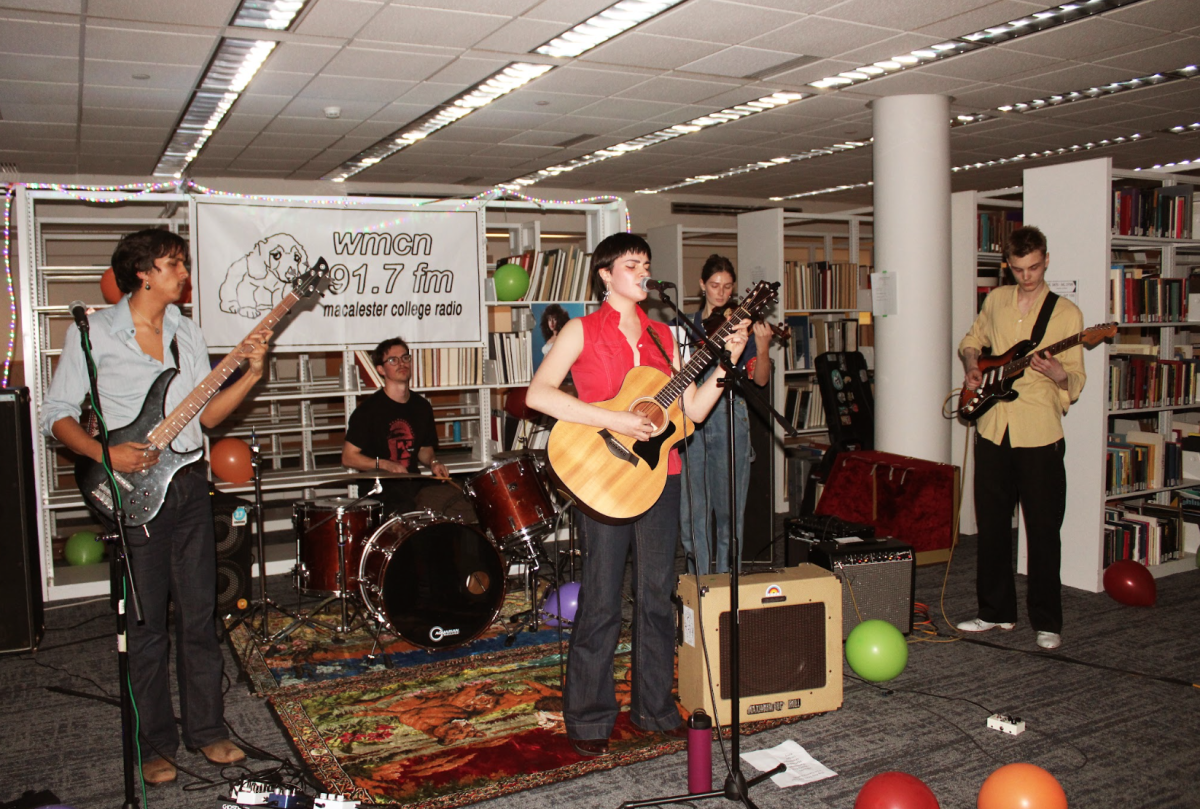
Tim Sharp • Sep 11, 2019 at 12:19 pm
some genuinely interesting information, well written and broadly user pleasant.
Theresa Wright • Sep 10, 2019 at 6:47 am
I just like the helpful info you supply in your articles. I will bookmark your blog and check once more here regularly. I am somewhat sure I’ll be informed plenty of new stuff right right here! Best of luck for the next!
Wendy Murray • Sep 9, 2019 at 3:21 pm
I was recommended this website by my cousin. I’m not sure whether this post is written by him as no one else know such detailed about my difficulty. You’re incredible! Thanks!